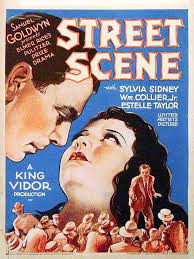(1962-63)
(1963-65) (US)
Created by Ned Sherrin
Starring (UK) David Frost, Millicent Martin, Kenneth Cope, David Kernan, Bernard Levin, Lance Percival, William Rushton, Roy Kinnear, Timothy Birdsall, Al Mancini, Robert Lang
Starring (US): David Frost, Nancy Ames, et al.
IMDB Entry
I think I mentioned before that I became a fan of political satire at a young age. Of course, political satire was considered iffy programming in the early age of TV, so it was hard to find examples of it. But what I remember most was a short-lived show called That Was the Week That Was (abbreviated as “TW3”).
It started out in the UK. Information about it is sparse, but it looks like the BBC charged Ned Sherrin to produce a TV show that could latch on to a current UK trend for political humor. David Frost was chosen as the presenter and would introduce news stories, often in humorous song.*
The show was a smash, but created controversy and ran for about a year. But an American executive decided to give satire a try and came up with a US version. David Frost crossed the pond and worked on an American version.
The show also used music and in this case, much of it was written by Tom Lehrer, one of the great names in musical satire. He put out an album of his songs for the show, That Was the Year that Was.
The American version lasted a big longer than the UK one. The satire wasn’t quite as vicious.
David Frost went on to be a talk show host and scored a coup when he got an extensive interview with Richard Nixon after Watergate. The movie about their meetings Frost/Nixon, has Nixon thinking Frost was a lightweight who knew nothing about politics, but Frost’s work on TW3 showed he indeed knew the subject.
The videos of the US version have been lost, though there are some of the UK version. I’m not sure how well it would hold up 60 years later, since most of the references are badly dated, but it’s an important milestone in televised satire.
___________________________________________________________
*The catchy theme song was by Ron Grainer, known to millions of fans as the composer of the Doctor Who Theme.



